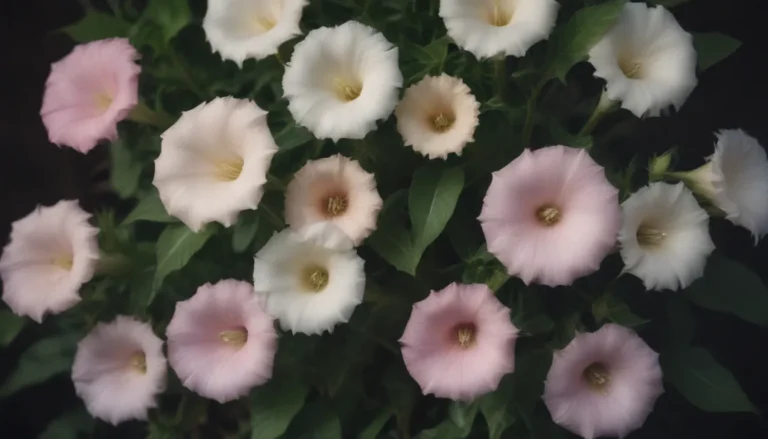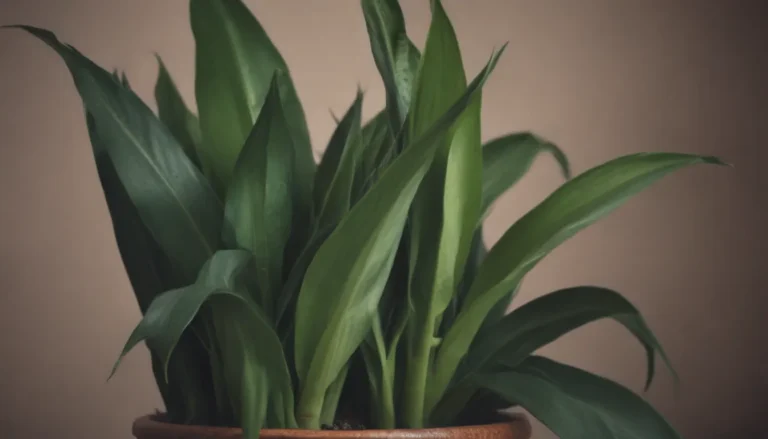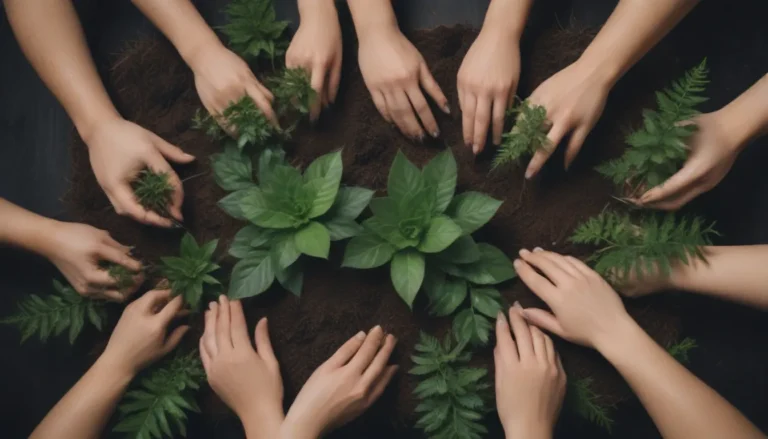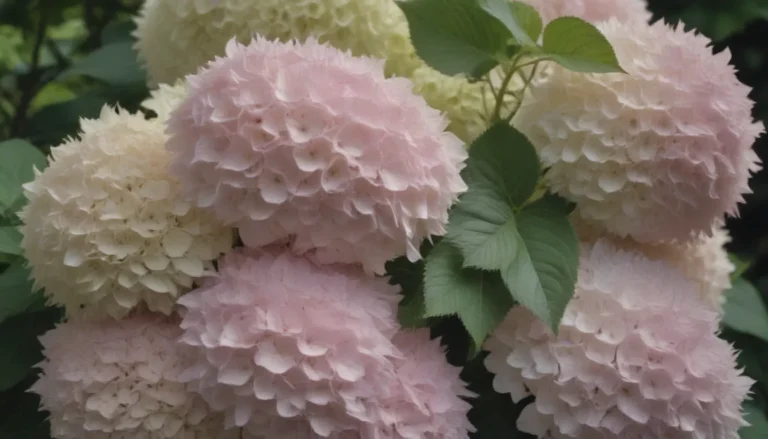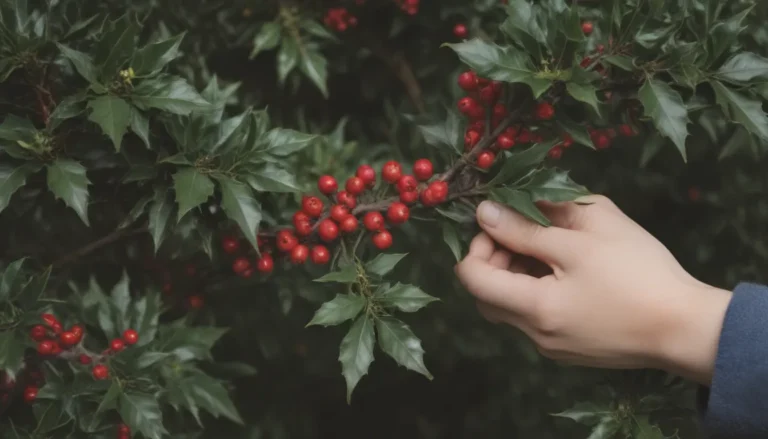The Ultimate Guide to Understanding and Fixing Yellow Cucumbers
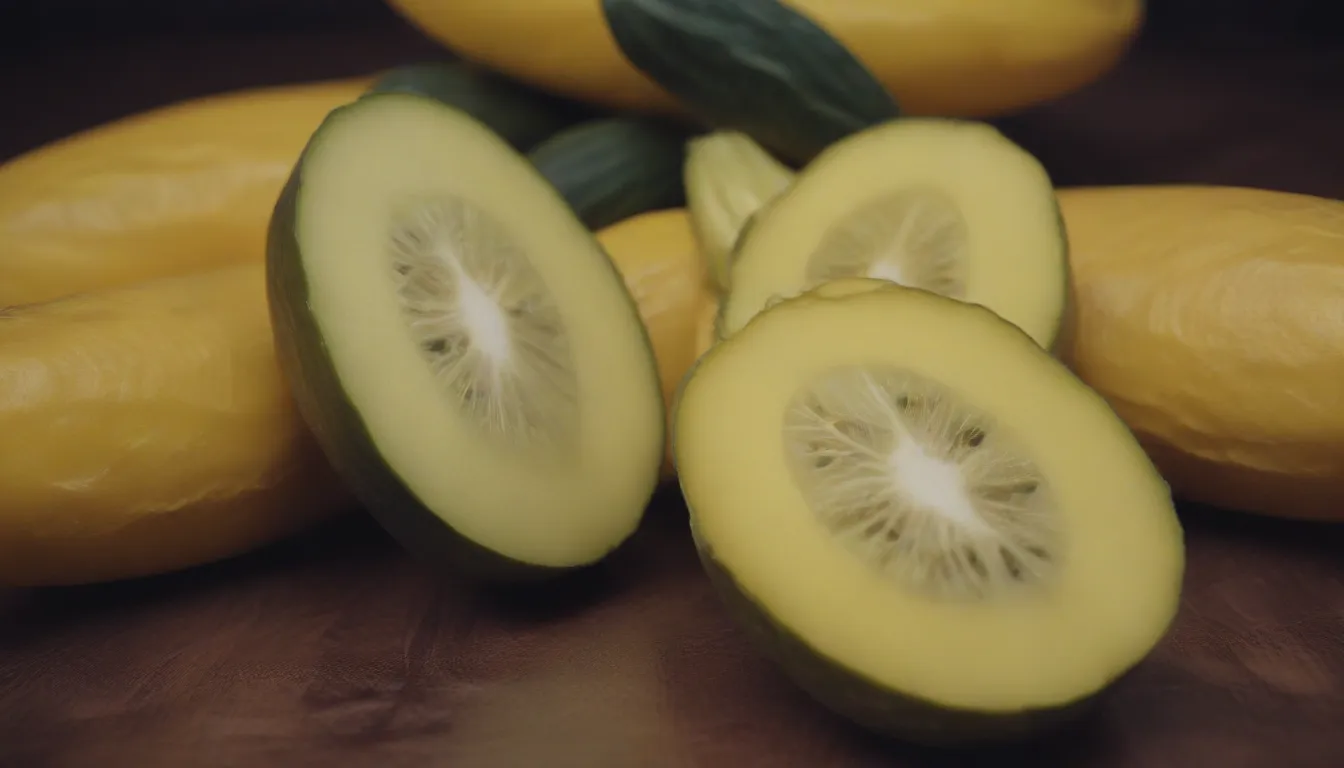
Crisp, green cucumbers are a gardener’s delight, but when they turn yellow, it can be disheartening. In this comprehensive guide, we will explore the reasons behind cucumber discoloration and provide you with valuable information and solutions to ensure a bountiful cucumber harvest. Whether you are a novice gardener or a seasoned pro, this article will equip you with the knowledge you need to keep your cucumbers thriving.
The Curious Case of Yellow Cucumbers: Causes and Solutions
Yellow cucumbers are a common issue that many gardeners face. While some cucumber varieties naturally have a yellow hue, such as lemon cucumbers, most cucumbers should be a vibrant green when ripe. Here are five common reasons why cucumbers turn yellow and practical steps to address each issue:
1. Overripe Cucumber
One common reason for yellow cucumbers is allowing them to become overripe on the vine. The longer you leave a cucumber to grow, the more likely it is to turn yellow. To prevent this, harvest your cucumbers when they reach the optimal size indicated on the plant label or seed package. Promptly remove any yellow cucumbers from the plant to encourage continued fruit production.
Tip: Inspect your cucumber plants regularly to avoid letting them become overripe.
2. Lack of Water
Yellow cucumbers can also be a sign of underwatering. Cucumbers thrive in moist soil, so be sure to water them consistently, especially during dry periods. Water the base of the plant deeply and avoid wetting the foliage to prevent fungal diseases. Mulching can help retain soil moisture and keep your cucumbers hydrated.
Tip: Container-grown cucumbers may require more frequent watering than those in the garden.
3. Overwatering
On the flip side, overwatering can also cause cucumbers to turn yellow. If your soil is poorly drained or if you water your plants excessively, it can lead to yellowing cucumbers. Be mindful of how much water your cucumbers are receiving and adjust your watering schedule accordingly. Improving soil drainage with organic matter can help prevent overwatering issues in the future.
Tip: Stop watering potted cucumbers when water starts draining out of the bottom of the container.
4. Nutrient Deficiency
Like all plants, cucumbers require essential nutrients to thrive. A deficiency in nutrients, such as nitrogen or sulfur, can result in yellowing fruit. Consider using a high-nitrogen fertilizer like fish emulsion to provide your cucumbers with the necessary nutrients. Regular fertilization and soil testing can help ensure your plants are receiving the nutrients they need for optimal growth.
Tip: Reapply fertilizer every two weeks for best results.
5. Loss of Foliage
Scorching hot weather and lack of water can cause cucumber leaves to wilt, exposing the fruit to direct sunlight. This can result in sunburned cucumbers, leading to yellowing. Additionally, diseases like downy mildew can cause the leaves to turn brown and impact the health of the plant. Proper irrigation and disease prevention can help protect your cucumbers from foliage-related issues.
Tip: Provide shade for your cucumbers during extreme heat to prevent sunburn.
Is It Safe to Eat Yellow Cucumbers?
While yellow cucumbers are not necessarily harmful to consume, they are likely to be less palatable than their green counterparts. Yellow cucumbers are often mushy, bitter, or lacking in crispness, making them less appealing for consumption. It is best to discard yellow cucumbers and focus on harvesting fresh, healthy fruits from your garden.
In conclusion, understanding the reasons behind yellow cucumbers and implementing appropriate solutions can help you maintain a thriving cucumber harvest. By addressing issues such as overripeness, watering imbalance, nutrient deficiencies, and foliage problems, you can ensure that your cucumbers remain green, crisp, and delicious. Happy gardening!
Source: University of Delaware Cooperative Extension

